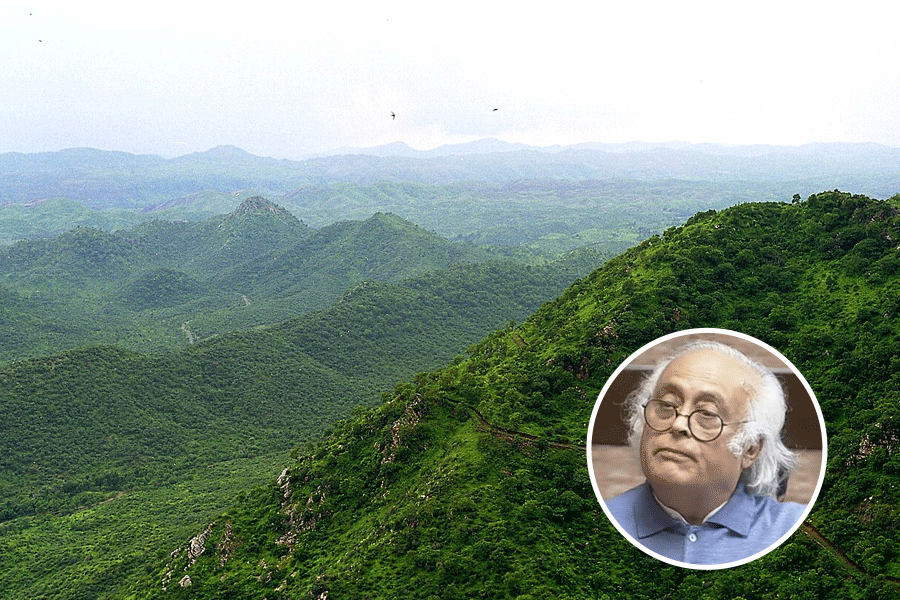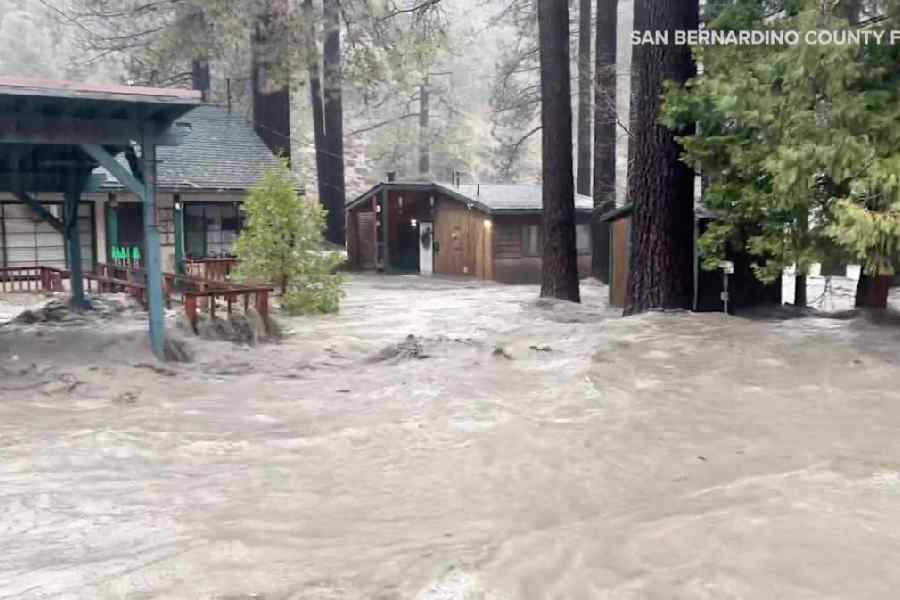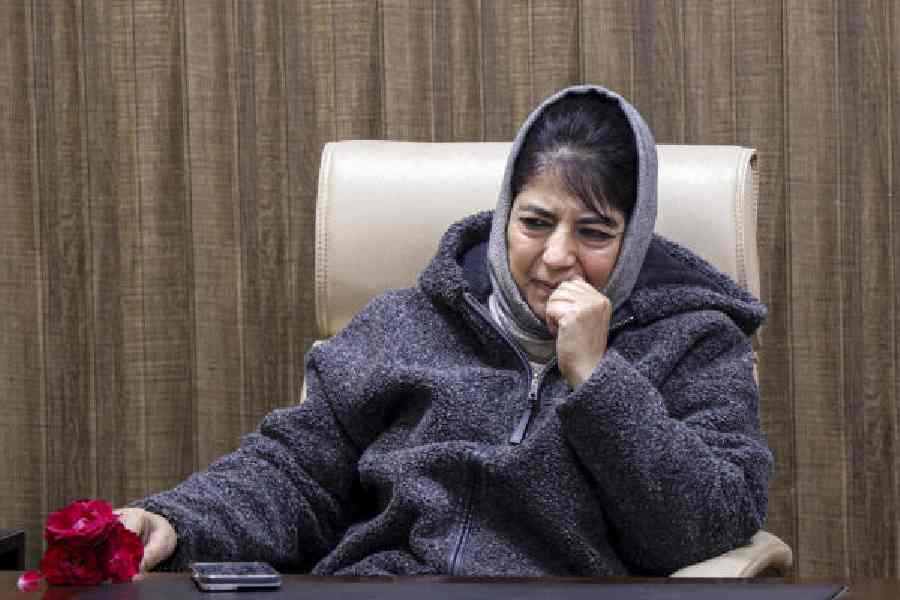 |
| It has been a hard slog of six years for Pradip Krishen (below) to green the desert around the Rao Jodha Desert Rock Park in the shadow of the Mehrangarh Fort |
 |
 |
 |
Cultivating a garden in the desert might seem like a thankless task. But that’s what film-director-turned-botanist Pradip Krishen has been doing for six years on a giant patch of seemingly inhospitable rock in a corner of Rajasthan’s Thar Desert near Jodhpur.
The Rao Jodha Desert Rock Park, named after Jodhpur’s founder, opens this month in the shadow of the imposing Mehrangarh Fort, which the Rajput ruler built more than 500 years ago.
A stretch of camel-coloured stone is not the most obvious place for a garden but Krishen was asked by the Mehrangarh Museum Trust to rehabilitate the badly eroded and disused area surrounding the fort. But make no mistake: the Mehrangarh Museum Trust was not thinking about just a few cheery beds of shrubs. The area on which Krishen had to exercise his green finger was about 70 hectares — or the size of 10 football fields.
There was another challenge because another inhabitant had already taken root on the garden-to-be. This was Prosopis juliflora, a hardy alien all the way from Mexico which is an invasive shrub that quickly dominates its surroundings, robbing neighbouring plants of light, water and nutrients. The tree’s Marwari name is baavlia, or “the mad one”. The plant was everywhere, its seeds having been strewn from an aeroplane decades before.
To take on this invader, Kri-shen and his team would have to marshal the tenacity and resilience of a Rajput regiment.
Goats don’t eat baavlia, and it cannot be snapped off at ground level because it simply re-sprouts. Even minute amounts of dynamite proved ineffective in uprooting it. Well-meaning advisers suggested moonlit rituals akin to the age-old folk remedies for removing warts. But it was the local khandwalias, or traditional stone masons (khanda is Marwari for “rock”), who finally came up with the answer.
To eliminate baavlia one must go at least 35cm beneath the soil’s surface to below the plant’s budding zone. Dhan Singh Khandwalia was called in and shown the problem. Lifting his hammer and turning his head to one side he struck the rock with a resounding blow.
Krishen assumed Khandwalia had turned his head to stop shards of rock from flying into his face, but he was turning his ear to listen to the sound of the hammer on the rock. This enabled him to judge the rock’s strength and what tiny cracks and fissures would enable him to prise apart enough rock to free the baavlia’s roots.
Five hundred years before, Khandwalia’s ancestors had used this seemingly implacable rock to build the ramparts of the Mehrangarh Fort. Now the khandwalias would use their age-old skills to repel an enemy of a different sort.
Finally, the baavlia was evicted, and Krishen and his team were faced with the enormity of what they were attempting. “We looked out over an almost-bare landscape and had no reason — besides a certain brash over-confidence — to believe that anything else would ever grow there,” says Krishen wryly.
One idea sustained them: they would attempt to grow new plants only in the holes left by the baavlia and they would only grow plants that had called this desert home. With much of the inventory work already done by local botanist Prof. M.M. Bhandari, or “Doct-saab”, the team was ready to begin seeding and propagating.
 |
 |
| Rao Jodha Desert Rock Park Opening hours: Winter: 8am-6pm; summer 6.30am-7pm Tickets: Adults Rs 30; students Rs 10 Getting there: Take the overnight Mandor Express to Jodhpur from Old Delhi Railway Station |
And so the painstaking process began: numbering each hole and noting its depth, trying a range of soil mixes in the holes, keeping a detailed record of every plant’s progress or demise. Slowly, they learnt what each species would need to survive and adjusted its conditions accordingly. Survival rates improved. With a growing season that is only about four to six weeks, some plants took years to propagate.
Finally, after three years, the team had a nursery of 9,000 plants of 55 different species.
Now, six years from its birth, the park is host to about 120 species of trees and shrubs, herbs and grasses, mostly adapted for a rugged rocky or sandy environment.
 |
Visitors stroll down a pathway of naturally patterned rippled rock, a homage to the volcanic rhyolite that characterises this area. An original city gate, for many years bricked up, has been restored to form the centre-piece of the park and will house the ticket office, visitor’s centre, shop and café. A map and richly-illustrated plant guide makes the excursion meaningful to even the novice.
While late July to October offers the most vibrant show of ephemerals, the park can reveal its secrets year round with some plants flowering in February or March, or bursting into bud with the onset of the first rains. And because the park is still young, each year should see plants gaining a greater hold in what was once a wasteland. For Krishen and his team, there are still lessons to be learned and victories to be celebrated.











